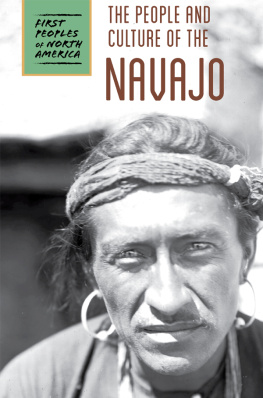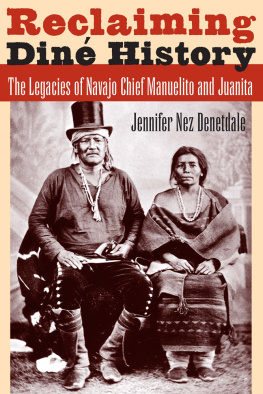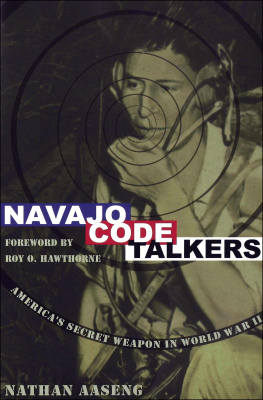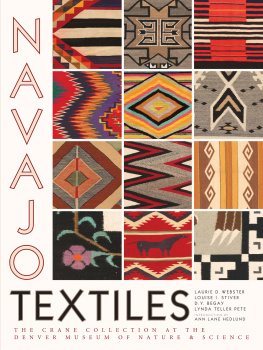Peter Iverson - For Our Navajo People: Dine Letters, Speeches, and Petitions, 1900-1960
Here you can read online Peter Iverson - For Our Navajo People: Dine Letters, Speeches, and Petitions, 1900-1960 full text of the book (entire story) in english for free. Download pdf and epub, get meaning, cover and reviews about this ebook. year: 2002, publisher: University of New Mexico Press, genre: Politics. Description of the work, (preface) as well as reviews are available. Best literature library LitArk.com created for fans of good reading and offers a wide selection of genres:
Romance novel
Science fiction
Adventure
Detective
Science
History
Home and family
Prose
Art
Politics
Computer
Non-fiction
Religion
Business
Children
Humor
Choose a favorite category and find really read worthwhile books. Enjoy immersion in the world of imagination, feel the emotions of the characters or learn something new for yourself, make an fascinating discovery.

- Book:For Our Navajo People: Dine Letters, Speeches, and Petitions, 1900-1960
- Author:
- Publisher:University of New Mexico Press
- Genre:
- Year:2002
- Rating:3 / 5
- Favourites:Add to favourites
- Your mark:
For Our Navajo People: Dine Letters, Speeches, and Petitions, 1900-1960: summary, description and annotation
We offer to read an annotation, description, summary or preface (depends on what the author of the book "For Our Navajo People: Dine Letters, Speeches, and Petitions, 1900-1960" wrote himself). If you haven't found the necessary information about the book — write in the comments, we will try to find it.
One hundred documents written by Din men, women, and children speaking for themselves and on behalf of their communities are collected in this book. Discovered during Iversons research for Din: A History of the Navajos, these letters, speeches, and petitions, almost all previously unpublished, provide a uniquely moving portrait of the Din during an era in which they were fighting to defend their lands and to build the Navajo Nation.
Six crucial, overlapping subjects are addressed here: land, community, education, rights, government, and identity. Brief introductions to each chapter and each document provide the necessary context, and historic photographs selected by Monty Roessel (Navajo), an outstanding photographer, supplement the words of the people.
Most of the vast literature about American Indians emphasizes the actions and words of non-Indians. Indians become the victims, the people to whom things happen. This volume furnishes a different view of the native past. It shows Navajos making their own history. It demonstrates how the Din worked to keep their lands, develop their economy, build their communities, educate their young people, affirm their rights, govern themselves, and maintain their heritage while forging a brighter future.
Included are the words of such prominent leaders as Chee Dodge, Jacob Morgan, Tom Dodge, Annie Wauneka, Sam Ahkeah, and Paul Jones, and less widely known but significant spokespersons like Howard Gorman, Scott Preston, Roger Davis, and Lilly Neill. It also presents the words of students at boarding schools, soldiers fighting in World War II, and members of the Native American Church speaking out for religious freedom. This book celebrates the resilience of the Din and salutes their resolve. It honors the men, women, and children who built the Navajo Nation.
Monty Roessel (Navajo), Executive Director of the Rough Rock Community School, has written and provided photographs for award-winning books for young people.
Peter Iverson: author's other books
Who wrote For Our Navajo People: Dine Letters, Speeches, and Petitions, 1900-1960? Find out the surname, the name of the author of the book and a list of all author's works by series.







